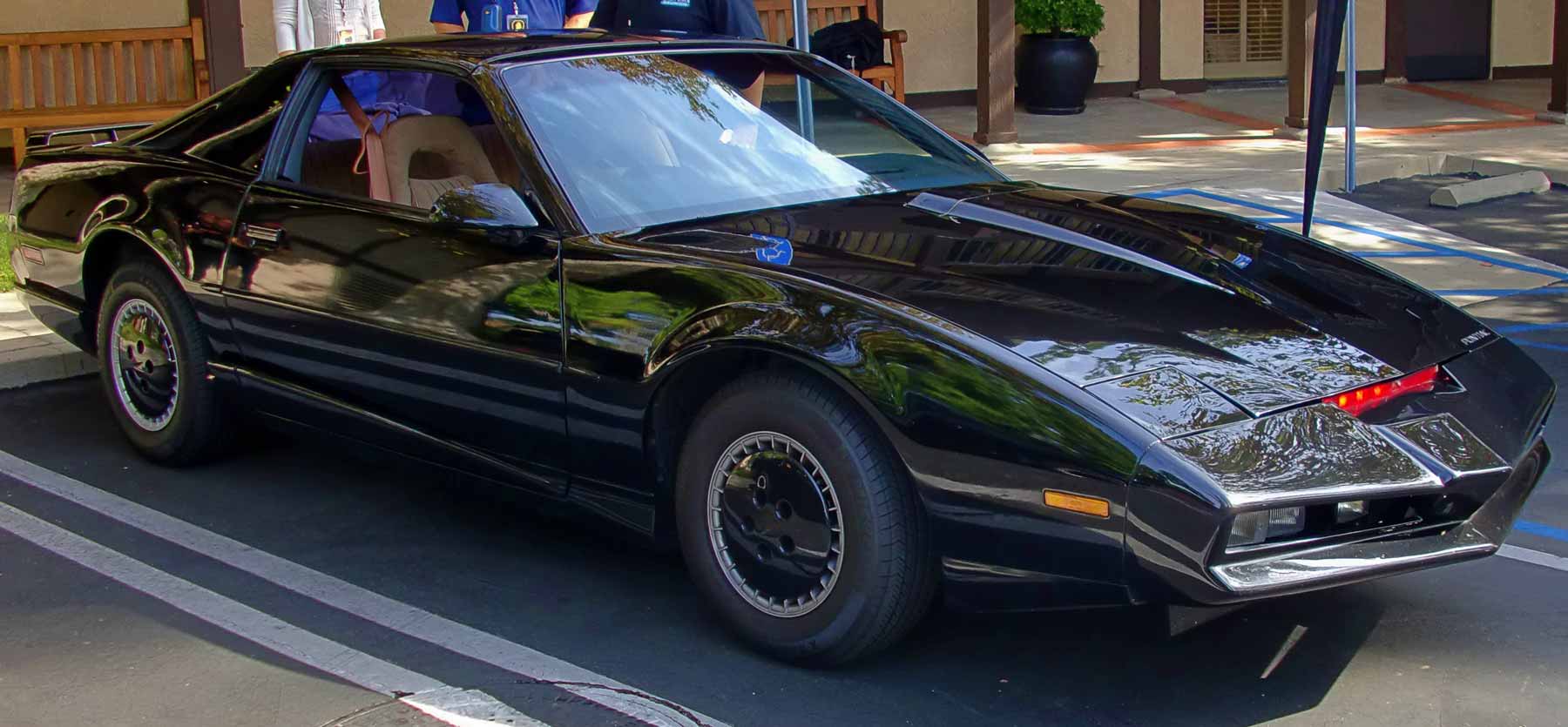Hope you are all doing well. The S&P 500 and the NASDAQ fell for the week, failing to extend the previous week’s positive performance and posting the seventh negative result out of the past nine weeks. The Dow was an exception, as it finished in positive territory. Thursday morning’s monthly inflation report sent the S&P 500 on a wild ride. Shortly after the opening bell, the index fell as much as 2.4% to the lowest level since November 2020. Stocks then reversed course, and the S&P 500 at one point rose 3.0% for the day before closing with a 2.6% gain.
Stocks have been getting pounded this year and you may be thinking to just hide out in bonds. Don’t do it, I get that it’s tempting with higher short-term yields being offered to hide out in treasury bills. It’s not the right move. Many of the largest down days in the stock market often occur within a day or two of the largest up days. Wild swings like we had on Thursday is usually a signal that news is becoming more balanced and less one directional. Usually the bottom is not too far off. The last seven bear markets have seen an average decline of 40%. I still don’t think we have to approach that level this time. The average is thrown off by three of those declines all three of which had unique circumstances. The 1973-74 bear market was driven by an oil embargo and a very difficult recession. The early-2000s saw the tech bubble burst, then 9/11 and then Enron and Worldcom. The housing bubble, global financial crisis and then the Madoff ponzi scheme were behind the ’07-’09 decline. The current bear market still has plenty of risks but I firmly believe we are close to the bottom. Looking at the average decline for the remaining bear markets it was closer to 30%, which is not too far from the decline we’ve just had.
The bear market most similar to the one we are experiencing now is the 1980-82 bear market which had a 27 percent decline and it rallied 77% higher two years out from where it bottomed. In this update, I will point out the similarities from the 80-82 “Volker’s bear market” as it is known and today’s bear market. 1982 gave us some pop culture classics like PacMan, Donkey Kong, E.T. and Michael Jackson’s Thriller but I will break down this week’s update using quotes from my personal favorite 1982 classic Knight Rider.
In both the current bear market and in Volker’s bear market inflation was soaring. On both occasions the Federal Reserve chose like Michael Knight to hit the turbo boost and dramatically increase interest rates to fight inflation. Volker’s Fed increased the Fed Funds rate from 11.2% to 20%. Rates this time around were starting from near zero and we are probably going to 4.50% on the Fed Funds rate which is also a pretty dramatic increase. The rate hikes of the early 80’s did eventually trigger a recession because interest rates made it very difficult to borrow. However, the market turned around much sooner than the economy and I would anticipate a similar outcome this time around if we do slip into a recession.
Both bear markets were made worse by uncertainties caused by tension with foreign adversaries. This bear market has been impacted by Russia’s invasion of Ukraine putting a strain on the oil market and some grain markets. The 80-82 bear market began when a few days after the market peak on 11/28/1980 at the direction of Moscow, General Jaruzelski, the Polish prime minister, declared martial law and outlawed Solidarity and arrested most of Solidarity’s leaders. A move that added to cold war tensions.
You may feel like a lone crusader by continuing to invest during this bear market. It is still the right call. Just as continuing to invest during 1982 was the right call. Both bear markets had two significant drops. The 1980-82 bear market dropped and made a low 2/22/1982 with the S&P down 20.59% from the high. The market rallied before dropping again and making a bottom on 8/12/1982 down 27.11%. The movement here has been very similar to 1982 in that we made an initial low on June 16th and a second low on Thursday. I am not sure Thursday’s low will hold, it’s possible we have further to drop but I do think we are closing in on the bottom. If you bought stocks on 8/12/1982 over the next five years, the S&P made over 228%.
If you’d like to speak about your investments or your plan, my calendar link is below and you can schedule a phone or zoom appointment at any time.





